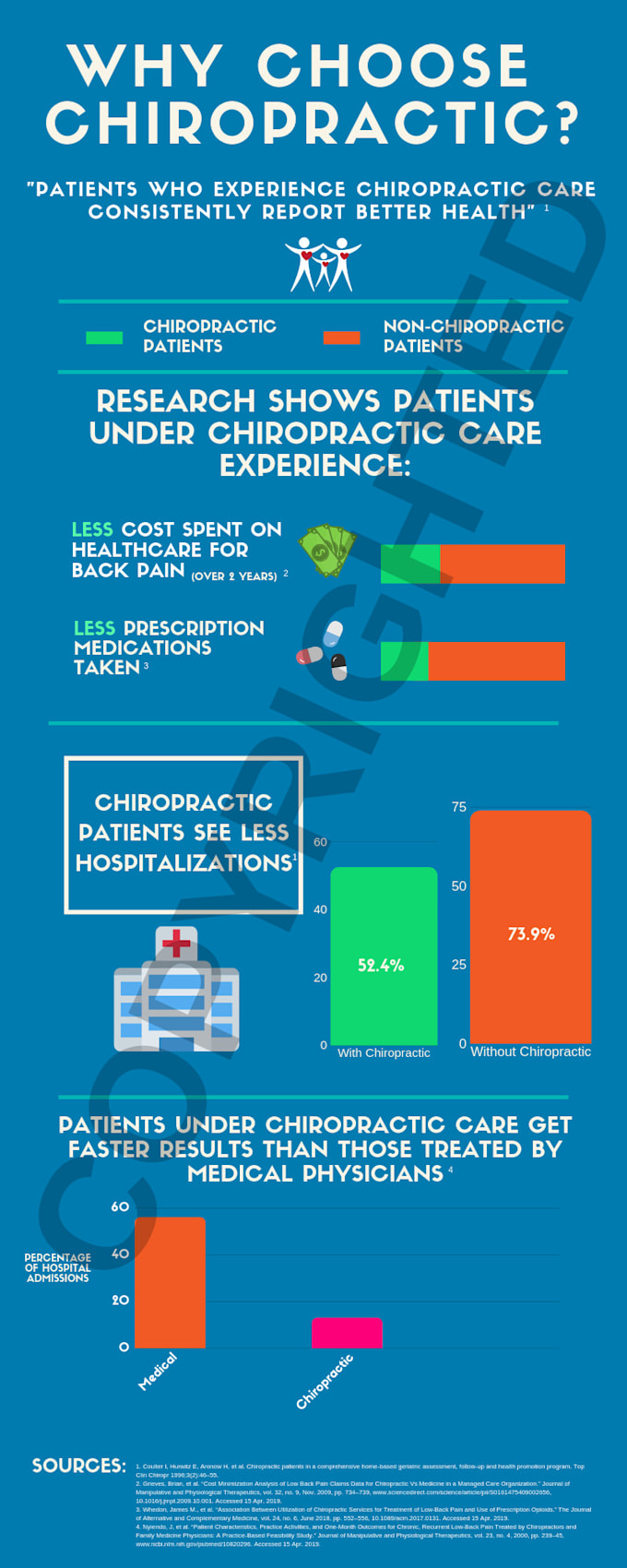Understanding The Mechanisms Of Cold Laser Therapy
Understanding The Mechanisms Of Cold Laser Therapy
Blog Article
Team Writer-Ditlevsen Slattery
When thinking about alternative treatments, cold laser treatment stands apart as a result of its special strategy to healing. By making use of certain wavelengths of light, it targets mobile functions and promotes recovery in a non-invasive way. This approach not only enhances ATP production yet additionally aids in reducing inflammation and pain. As research study continues to unfold, the ramifications for rehabilitation and discomfort monitoring could be substantial. What does this mean for future therapy options?
The Mechanisms of Cold Laser Treatment
Cold laser treatment, also called low-level laser therapy (LLLT), works by promoting mobile feature with the application of certain wavelengths of light.
When the laser light permeates your skin, it communicates with the mitochondria in your cells, raising ATP manufacturing. visit my web site in ATP invigorates your cells, advertising healing and regeneration.
The light also influences cell membranes, boosting their leaks in the structure and promoting nutrient absorption while getting rid of toxins. In addition, cold laser treatment activates the release of endorphins and minimizes inflammation, assisting your body react more effectively to injury.
You'll experience boosted blood flow as the therapy stimulates capillary development, guaranteeing that oxygen and nutrients reach damaged tissues more successfully.
Understanding these systems can assist you appreciate its capacity in promoting recuperation.
Prospective Benefits of Cold Laser Treatment
When thinking about options for discomfort relief and recovery, you may discover cold laser treatment to be an enticing option. This non-invasive strategy can help reduce swelling, reduce pain, and advertise tissue fixing.
Many individuals report quicker healing times from injuries and surgical procedures after undergoing cold laser therapy. It's specifically beneficial for conditions like joint inflammation, tendonitis, and muscle mass pressures.
You might likewise value that it has minimal side effects compared to pharmaceuticals. Additionally, cold laser therapy can boost blood circulation, which assists in supplying nutrients and oxygen to harmed locations.
Current Research Study and Medical Applications
As passion in cold laser therapy grows, scientists are exploring its various applications and effectiveness in medical setups. You'll find researches examining its role suffering management, wound recovery, and minimizing inflammation.
In https://www.chiroeco.com/research-report-low-level-laser-therapy-in-chiropractic/ , professionals utilize cold laser treatment to enhance healing in sporting activities injuries, while dental practitioners are discovering it valuable for dealing with dental pain and gum tissue problems. Recurring trials are assessing its potential in dealing with problems like joint inflammation and neuropathy.
These research studies intend to develop standard methods and does, guaranteeing safety and effectiveness. As more evidence arises, you could see cold laser therapy becoming a staple in both rehab and discomfort administration, offering individuals a non-invasive alternative that complements standard therapies.
Conclusion
To conclude, cold laser treatment offers an encouraging method to recovery by taking advantage of certain wavelengths of light to boost mobile functions and advertise recuperation. With advantages like enhanced blood flow, minimized swelling, and discomfort alleviation, it's coming to be a beneficial alternative for numerous problems. As https://stressrelief98775.blogolenta.com/31303228/learn-more-about-the-transformative-results-of-modern-day-laser-treatment-on-managing-pain-and-improving-recovery-procedures continues to establish standard protocols, you can expect better acceptance of this non-invasive treatment in rehab methods and pain administration techniques, making it a possible game-changer for several patients.
